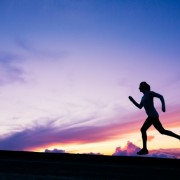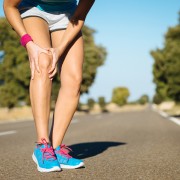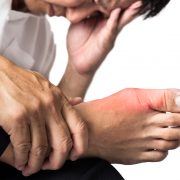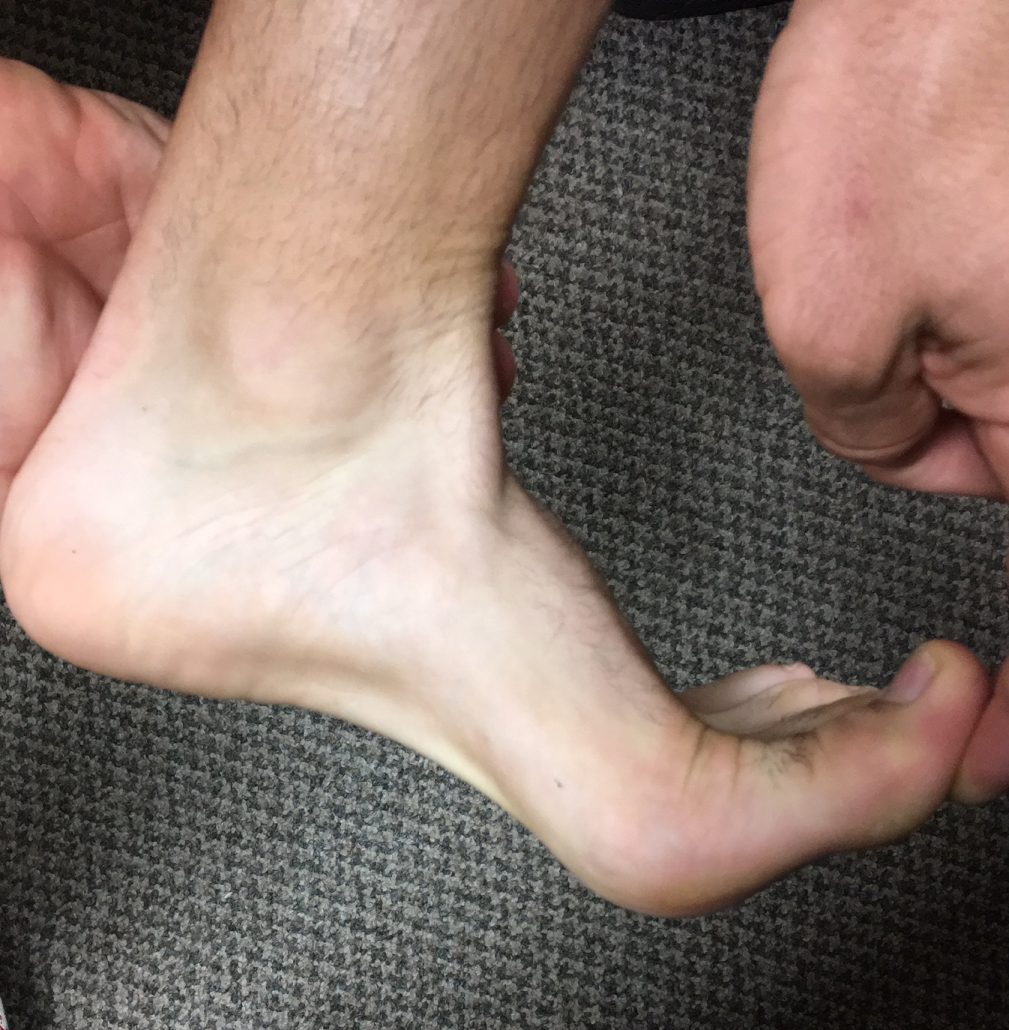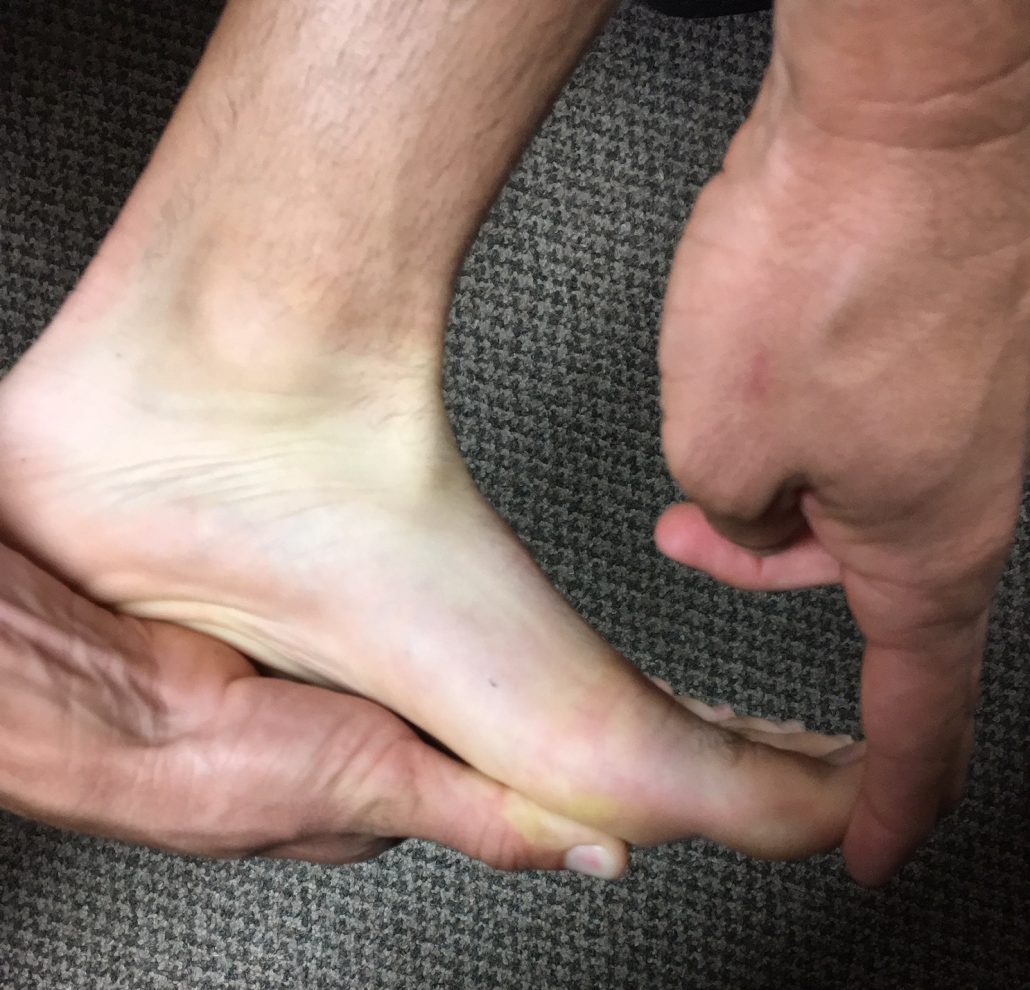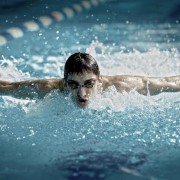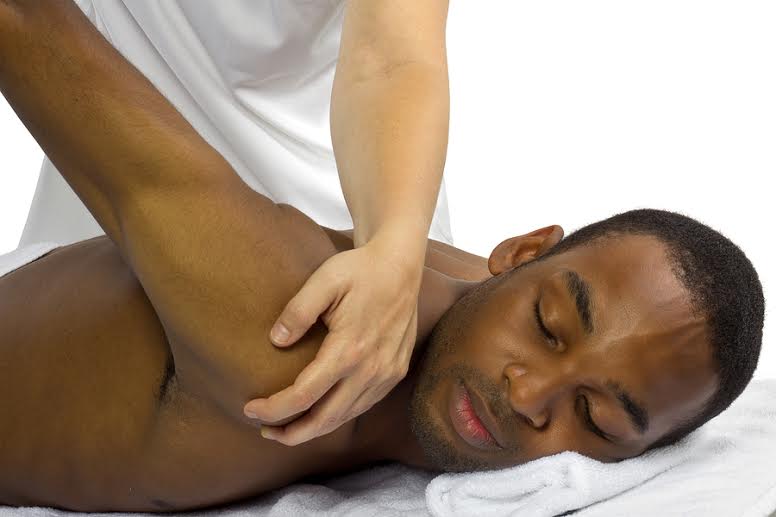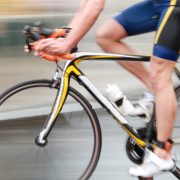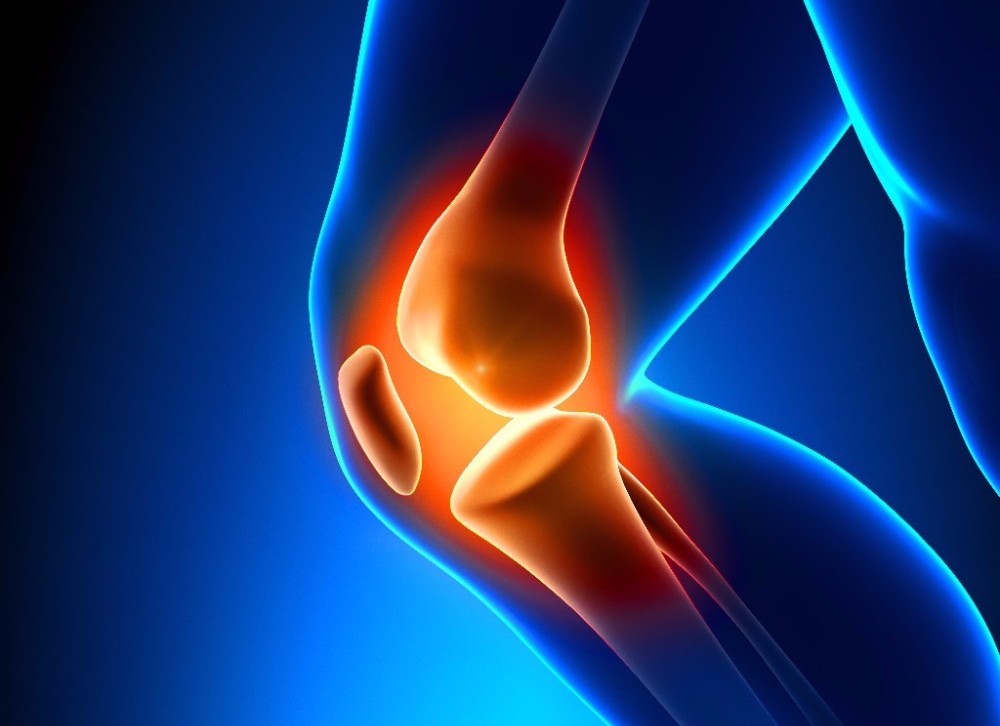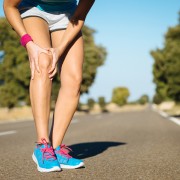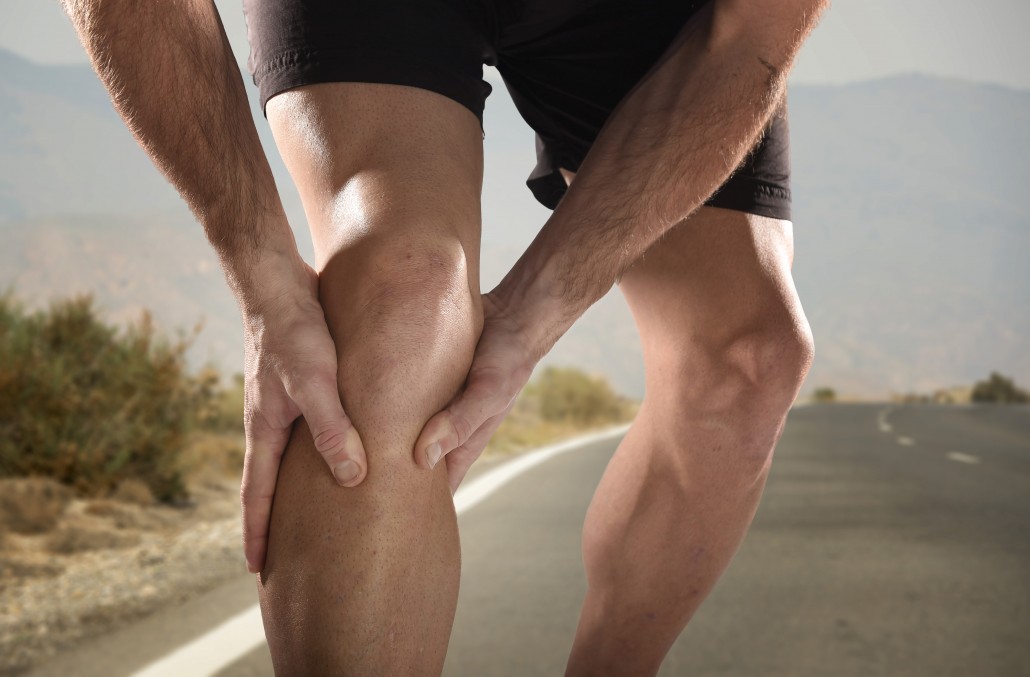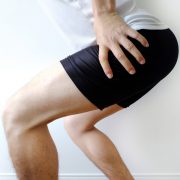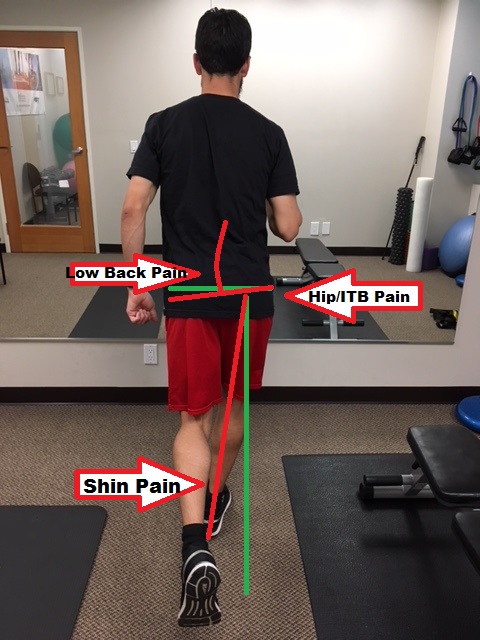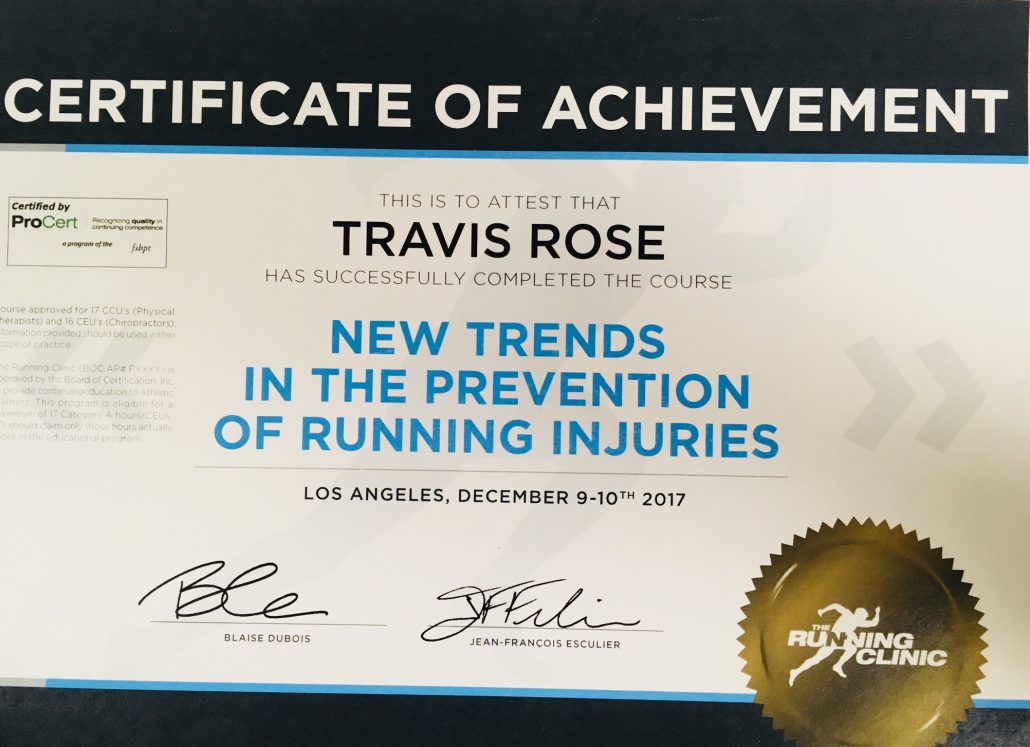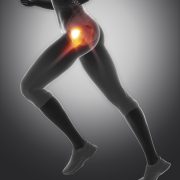IT Band Syndrome: 5 Training Tips
Trying to run with IT band syndrome is very frustrating. Often times, a runner can run with IT band syndrome for a certain amount of time until the pain comes back or becomes so unbearable that they have to limp home from their run. Our chiropractors treat runners who run with IT band syndrome as well as other running related injuries.
Top 5 training tips for IT Band Syndrome
Decrease volume– IT band syndrome is worse with a high number of repetitions. When you run with IT band syndrome, try reducing your volume by 50% to start off.
Avoid down hill running– Down hill running causes more force into the quadriceps and less activation from the glutes. The glutes play a very important role in knee stability. Without proper glute activation, a run with IT band syndrome through hills will make things worse. Stick to flat surfaces.
Increase intensity– Volume is the main issue when dealing with It band syndrome. With the decreased run volume, it is ok to get more out of those shorter workouts. Adding some intensity will help keep fitness levels high for training.
Run/Walk- This technique will help you keep the repetitions low. If you have tried to run with IT band syndrome for a long time without success, this option may be a good way to start back into running.
Uneven Surface running– Running on concrete or other flat surfaces hits the same muscles in the same direction over and over. If you run on a trail that has varying terrain (and limited ups and downs) this will cause the hip muscles to work more in different orientations. This will help build overall strength to support the hip and the knee.
These tips can help manage and allow you to run until the symptoms improve and you are pain free. These training modifications combined with manual therapy and exercise like our running chiropractors in San Diego perform, can help get you out of pain even faster. Our office is conveniently located in Mission Valley, San Diego.
Both Dr. Travis Rose, DC CCSP and Dr. Kevin Rose DC DACBSP are avid triathletes and runners. As experienced triathletes, Dr. Travis and Kevin Rose understand the frustrations of running injuries and try their absolute best to get you better, faster!

